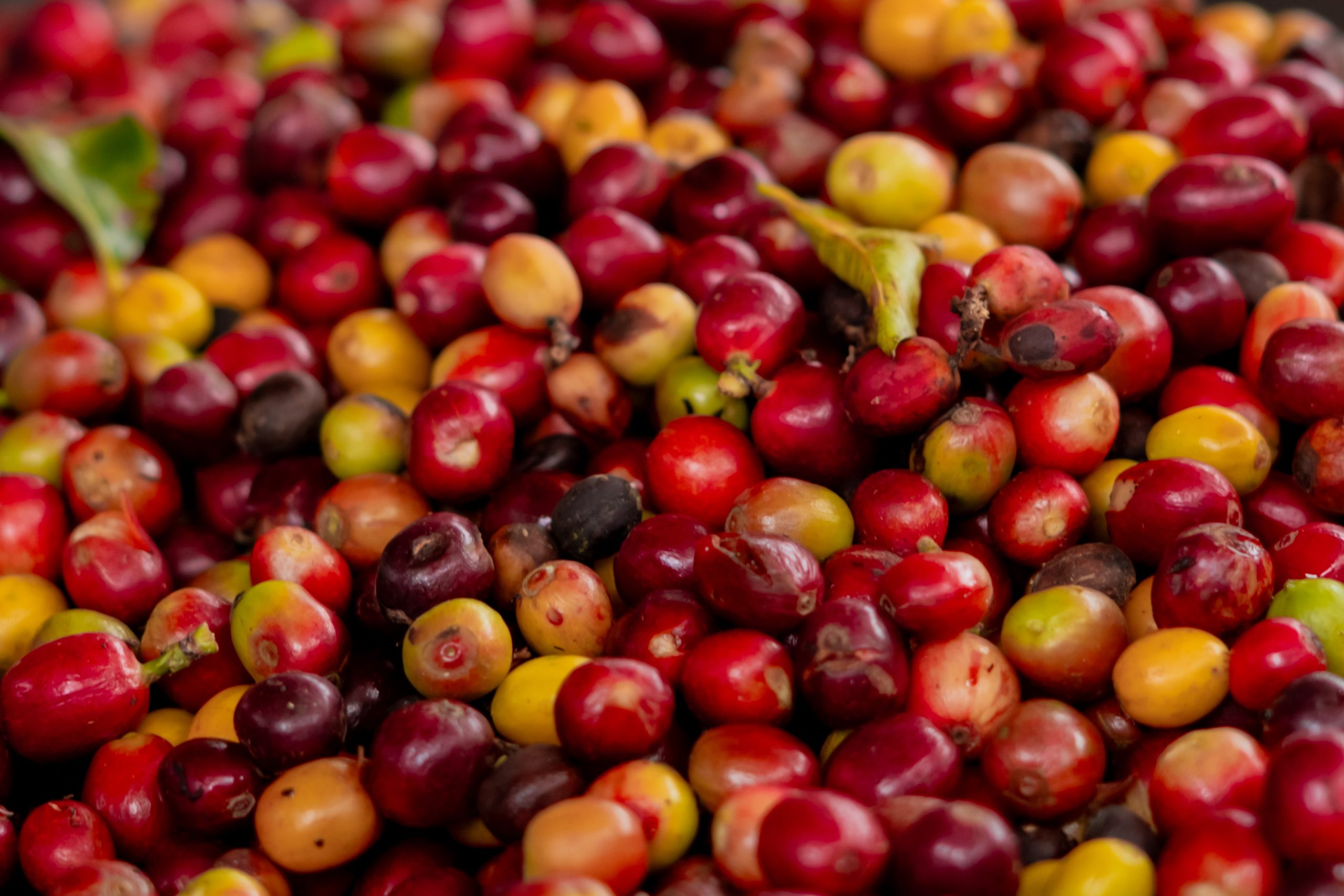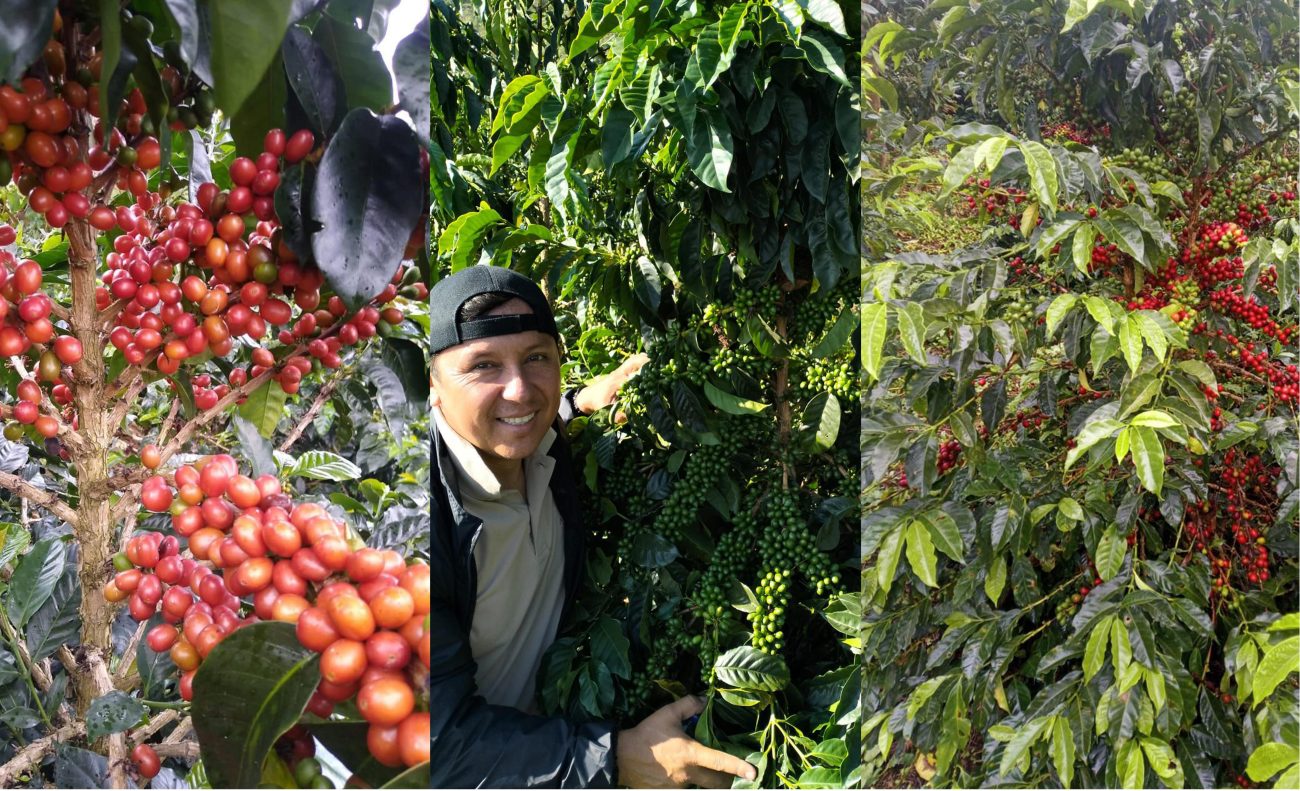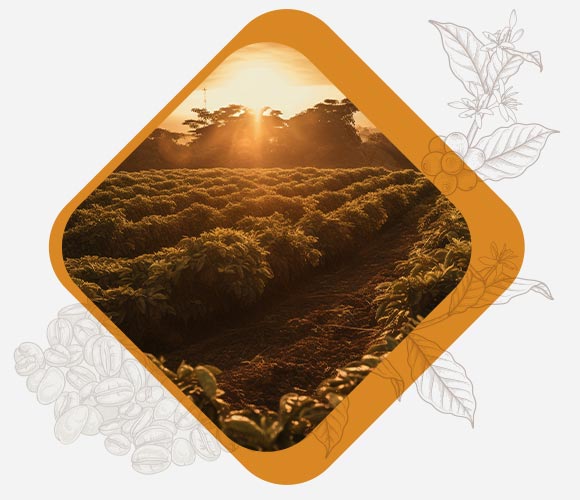Colombia: A Living Genetic Lab for Coffee Innovation

Colombia has emerged as one of the most exciting frontiers for the genetic evolution of coffee. In recent years, the country has led the discovery and development of unique varieties that not only captivate with their cup profiles but also shape the future of global specialty coffee.
Among these gems are Bourbon Ají, Pink Bourbon, Caturra Chiroso, and the rising Aruzzi — varieties that have propelled Colombia into the spotlight for varietal innovation.
A Natural Ecosystem for Mutation
Genetic mutations in coffee occur naturally due to environmental pressures, spontaneous cross-pollination, and plant adaptation to local soil, altitude, and microclimates. Colombia’s mix of volcanic soils, rich biodiversity, and diverse thermal floors offers ideal conditions for rare genetic expressions to thrive.
Often, discovery starts with a farmer’s sharp eye — noticing an unusual cherry color, elongated beans, or an unexpected cup profile. These findings lead to selective propagation and the development of new cultivars that gain recognition among international cuppers and buyers.
Terroir and Sensory Potential
Pink Bourbon, Bourbon Ají, and Caturra Chiroso have shown remarkable cup quality in microlots grown in Huila and Antioquia. With elevations above 1,600 masl, mineral-rich soils, and optimal rainfall, these regions deliver beans with outstanding aroma, acidity, and complexity.
Early microlots impressed with delicate floral notes and expressive structure. Many compared them to Geisha in elegance — yet they retained a bold, uniquely Colombian identity.
The Story Behind Each Variety
- Pink Bourbon: First spotted in San Adolfo (Huila) by the late Gabriel Castaño, this variety stood out for its rust tolerance and pink-orange cherries. First samples brought to Banexport revealed a sweet, silky cup with yellow fruit notes, quickly gaining international acclaim.
- Bourbon Ají: Found in Pitalito and the Bruselas area, this variety was first cultivated from unknown seeds. Farmers like Javier Alvear identified its standout trait: spiced notes of pepper, clove, cinnamon, and herbal freshness — earning it the name “Ají.”
- Caturra Chiroso: Discovered in Urrao (Antioquia), this variety grows between 1,950 and 2,200 masl. Its compact structure and elongated beans deliver vibrant acidity and floral complexity, earning first place at the 2014 Cup of Excellence.
- Aruzzi: A lesser-known but increasingly celebrated variety from the mountains of Antioquia, Aruzzi is valued for its fruity depth and bright acidity, adding to Colombia’s genetic diversity.

Preserving Origins, Creating Value
Preservation and traceability are vital for protecting these rare varieties. Initiatives like La Morada del Sol farm-museum, led by Fabián Murcia, document and safeguard the original plots where these cultivars emerged — helping ensure genetic integrity and cup consistency over time.
Impact Beyond the Cup
These discoveries are more than sensory wins — they’ve brought real benefits to farming communities: premium prices, new export channels, and global recognition. This has encouraged more producers to embrace selective cultivation as a strategy to add value, differentiate their farms, and protect biodiversity.
Colombia remains a living laboratory, where nature, observation, and innovation converge — and where the next generation of great coffee varieties continues to emerge.

